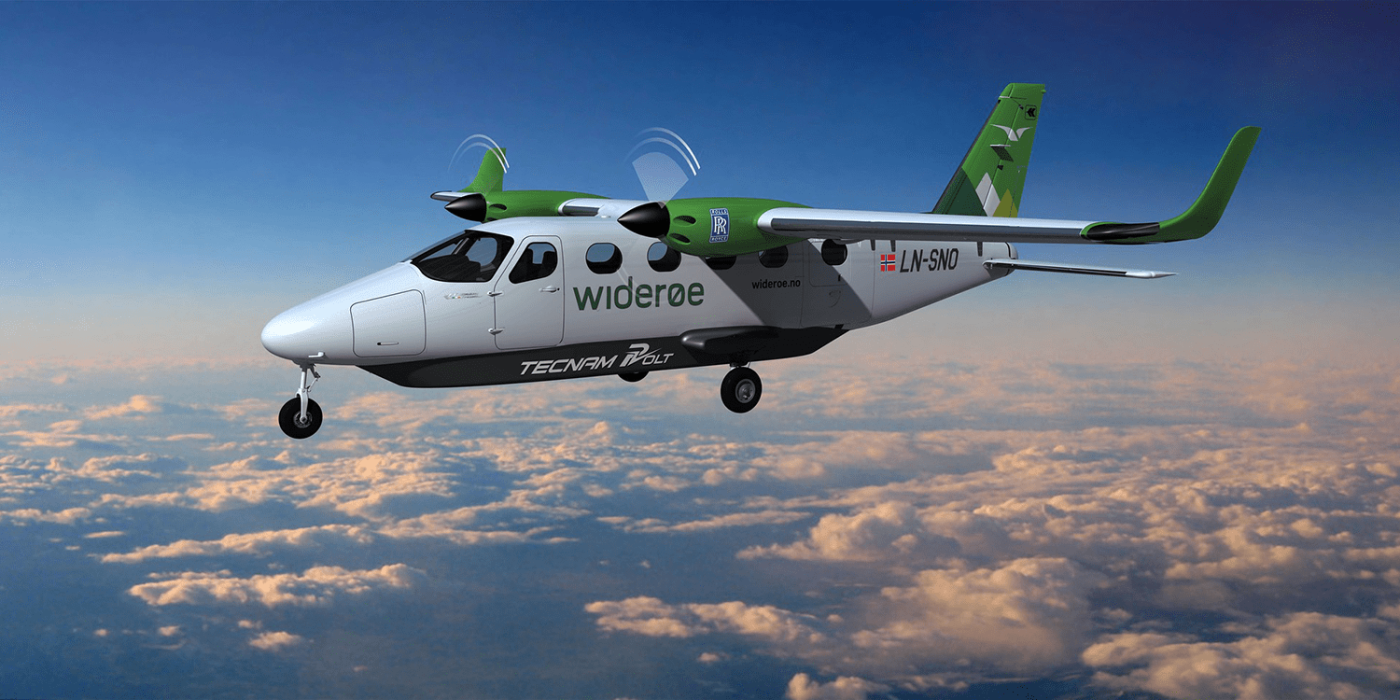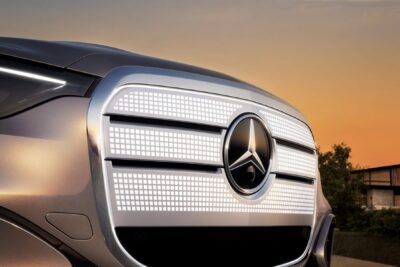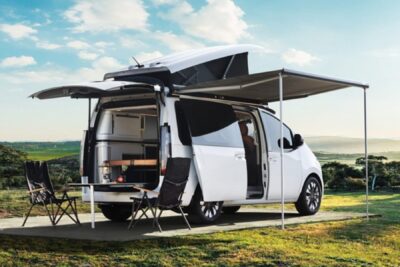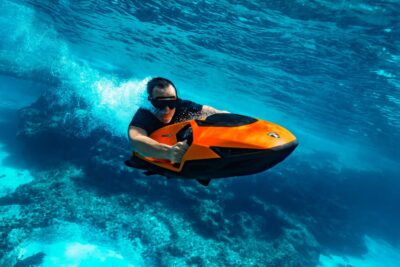Zero-emission aviation to take off in Norway from 2026
Engine manufacturer Rolls-Royce and aircraft designer Tecnam have teamed up with Norwegian regional airline Widerøe to deploy an all-electric passenger aircraft by 2026. The electric aircraft called P-Volt will seat nine people.
The project builds on both a research programme launched in 2019 between Rolls-Royce and Widerøe that focusses on sustainable aviation, as well as an existing partnership between Rolls-Royce and Tecnam to build a propulsion system for the all-electric P-Volt. In the latter partnership, while Rolls-Royce contributes its propulsion systems expertise, Italy’s Tecnam handles the design, manufacture and certification of the aircraft. For their part, Widerøe will be tasked with ensuring all competencies and requirements are in place for the zero-emission planes to go into service in 2026.
Widerøe is a domestic Norwegian airline specialising in short-haul routes, which (before the pandemic) operated around 400 flights a day, using a network of 44 airports. The airline says that 74 per cent of its flights covered a distance of less than 275 kilometres. In some cases, the flights only lasted seven to fifteen minutes. Norway has comparatively high levels of regional air traffic on account of the country’s mountainous topography and many fjords.
Currently, Widerøe relies on a fleet of Dash-8 propeller planes for short distances but wants to switch to battery power as soon as possible. “Norway’s extensive network of short take-off and landing airports is ideal for zero-emissions technologies,” affirms Stein Nilsen, Widerøe’s CEO. “This aircraft shows how quickly new technology can and will be developed, and that we are on track with our ambition of flying with zero emissions around 2025.”
Sigurd Øvrebø of Rolls-Royce Norway says the cooperation an important catalyst for the technology: “With this development, we position Norway and Widerøe first in the queue for zero-emission aircraft.” The P-Volt engine is based on an eleven-seat Tecnam P2012 Traveller, but the trio has not given further details to date.
Rolls-Royce and Tecnam are working in parallel to modify the Tecnam P2010, which will integrate the “first parallel hybrid-electric propulsion system in general aviation” as part of the H3PS1 project. Among other things, the system combines a Rotax internal combustion engine with an electric motor from Rolls-Royce.
Norway is a global leader in zero-emission transport, with the highest number of electric cars per capita in the world, the most extensive zero-emission policies and developments in watercraft and shipping, and also increasingly emerging as a pioneer in electric aviation. In 2018, the operator of Norway’s airports called Avinor set a goal of making all short-haul flights lasting up to 1.5 hours all-electric by 2040. In 2019, a Northern European consortium called the Nordic Network for Electric Aviation (NEA) was also established – with the aim of driving the development of electric aviation.
With reporting by Cora Werwitzke
forbes.com, rolls-royce.com, wideroe.no (in Norwegian)





0 Comments